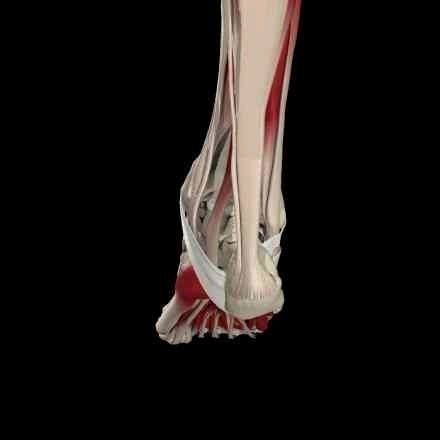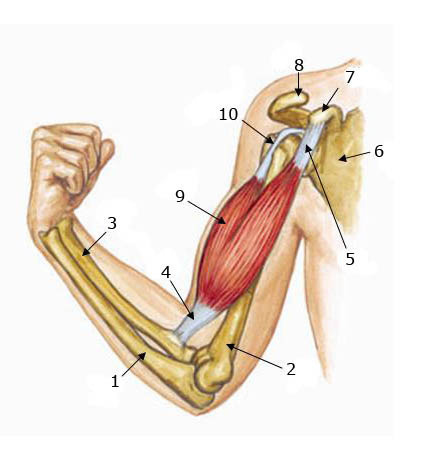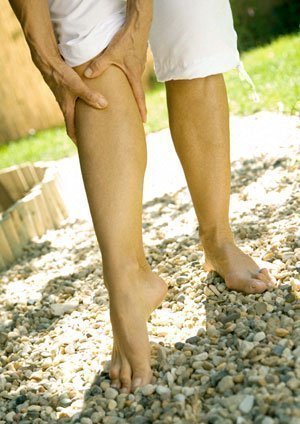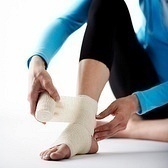Groin Pain
Groin pain is a condition characterized by discomfort or ache in the adductor muscle. The pain can range from mild to severe and it can be chronic or acute. Athletes usually suffer from this pain because they do strenuous activities. To have ideas about the different treatments for the condition, it is important to look at the underlying causes of the pain. To help patients who suffer from this kind of pain, discussed below are the usual symptoms associated with ache in the adductor muscle as well as the factors and conditions that can cause the pain. In addition, the article also offers a closer look on the diagnostic methods used by health professionals to unveil the real cause of the condition.
Groin Pain Symptoms
The symptoms of the health condition can indicate minor injuries or chronic diseases. Patients who suffer from sudden but stabbing pain in the adductor muscle should seek medical assistance because it can be caused by other illnesses. Aside from this, patients should also look at alarming symptoms that are related to serious diseases. The symptoms include sharp pain in the groin accompanied with nausea and vomiting, shooting and tingling pain accompanied with fever and pain in testicle as well as dull and severe groin ache with low back pain.
Causes of Groin Pain
This health condition can result from strained muscles, minor trauma or injury. However, if any of the above mentioned symptoms are present, it is better for patients to consult with physicians immediately because these can be due to the occurrence of other diseases like abdominal aortic aneurysm, testicular cancer, prostatitis as well as obstructive urophaty. Other causes include kidney stones, hernia and orchitis.
Groin Pain Diagnosis
Proper diagnosis of the health condition may involve the use of advance and sophisticated medical methods and technologies like blood tests and x-rays. Patients who exhibit chronic groin pain are usually recommended to undergo MRI (also known as Magnetic Resonance Imaging) or CT scan (also known as Computed Tomography scan). Aside from these, physicians also review the medical history of patients as well as conduct thorough physical examination on the affected area.
Groin Pain Relief
To ease the discomfort or ache, patients can take non-steroidal anti-inflammatory drugs. Aside from these, they can also take pain relievers like analgesics or ibuprofen. Application of hot and cold packs is also helpful to relieve the pain. If these treatments are ineffective, physicians can perform surgical procedures to treat the serious conditions that are related to the pain.







